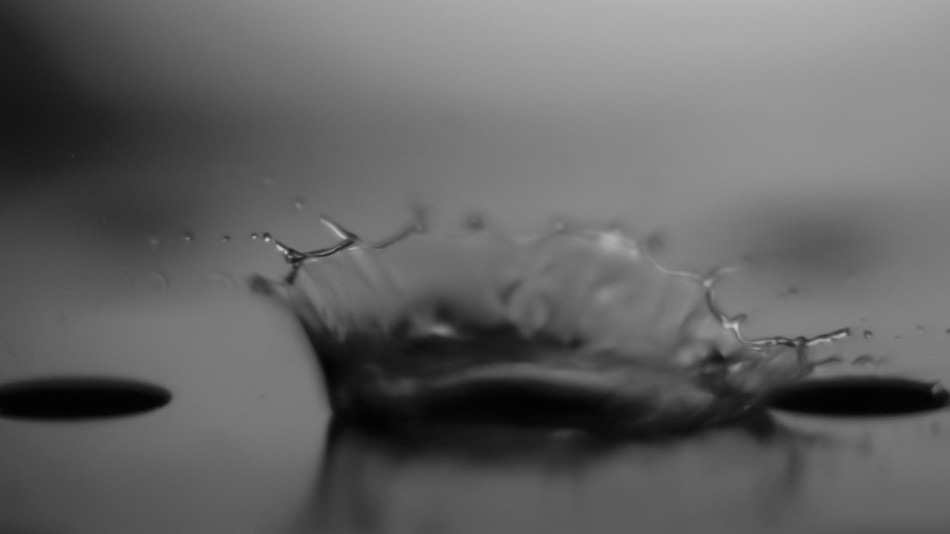Mar 13 2019
Scientists at EPFL have formulated a new image-processing technique that can capture very rapid phenomena using any style of camera. Their method, known as Virtual Frame Technique, delivers enhanced performance compared to any commercial high-speed camera and is inexpensive and accessible to everybody.
 (Image credit – EPFL)
(Image credit – EPFL)
A number of phenomena taking place in nature and industry occur extremely quickly: a piece of scotch tape peeling off, a rubber ball bouncing off a hard floor, a tear running through a piece of fabric, and a drop of water wetting a dry surface, for instance. Clicking images of these phenomena would help researchers understand them in a better manner, but conventional cameras are not adequately fast–and high-speed cameras are exorbitantly expensive.
But researchers at EPFL’s Engineering Mechanics of Soft Interfaces Laboratory, partnering with Harvard University researchers in the SMR lab, have come up with a new imaging process called Virtual Frame Technique (VFT) that can produce numerous images of these phenomena as they happen step by step, using a photo captured from any kind of device, including a smartphone. Furthermore, VFT has been demonstrated to perform better than high-speed cameras.
Working with a conventional photo
The technique begins by examining a conventional photo. “If you use a regular camera to take a picture of a drop of water hitting a dry surface, the water’s movement will cause the picture to be blurry. But these blurred areas are precisely where the phenomenon is taking place, both spatially and temporally. That’s what our technique uses to piece together the underlying phenomenon,” says John Kolinski, a professor at EPFL’s School of Engineering. Put another way, VFT functions by deconstructing the fuzzy parts of pictures.
A method for binary phenomena
The primary step is to shine light on the occurrence just as the conventional picture is captured, so that the fuzzy parts can be exploited.
This initial illumination step must be done correctly so that the blurry parts of the picture contain the right information and can be used. At this point, the object must have a quantifiable instantaneous state of either completely blocking the light or completely letting it through.
John Kolinski, Professor, School of Engineering, EPFL.
The following step is to use progressive image-processing methods to enhance the conventional picture’s temporal resolution and specific illumination scheme, and then convert it into a binary image–that is, containing either white or black pixels.
This technique offers a plus because a number of natural phenomena are binary; for instance, a piece of fabric is either torn or it is not, a surface is either dry or wet. That means only two greyscale values are required to portray them–no requirement for the 15,000+ intensity values used with conventional cameras. By compromising the ability to resolve intensity, the researchers were able to use the camera sensor’s bit depth, or the amount of information the sensor can acquire, to boost the frame rate while retaining complete spatial resolution. Temporal resolution can be enhanced even more by modifying the timing of a light pulse.
Time-lapse photos over extremely short periods
VFT, thus, breaks down a conventional photo of an object in fast motion into thousands of images that reveal every step of the process.
It’s like taking time-lapse photos of a nearly instantaneous phenomenon.
John Kolinski, Professor, School of Engineering, EPFL.
The researchers tested their method on pictures captured by all varieties of devices, from smartphones to advanced professional cameras, and learned that it steadily resulted in a faster frame rate. While meticulous illumination is needed, the technique is quite basic, and has been used to record a rich diversity of phenomena, from droplet impacts to fracture mechanics.
Drop of water impacting a drop of water ©Jamani Caillet